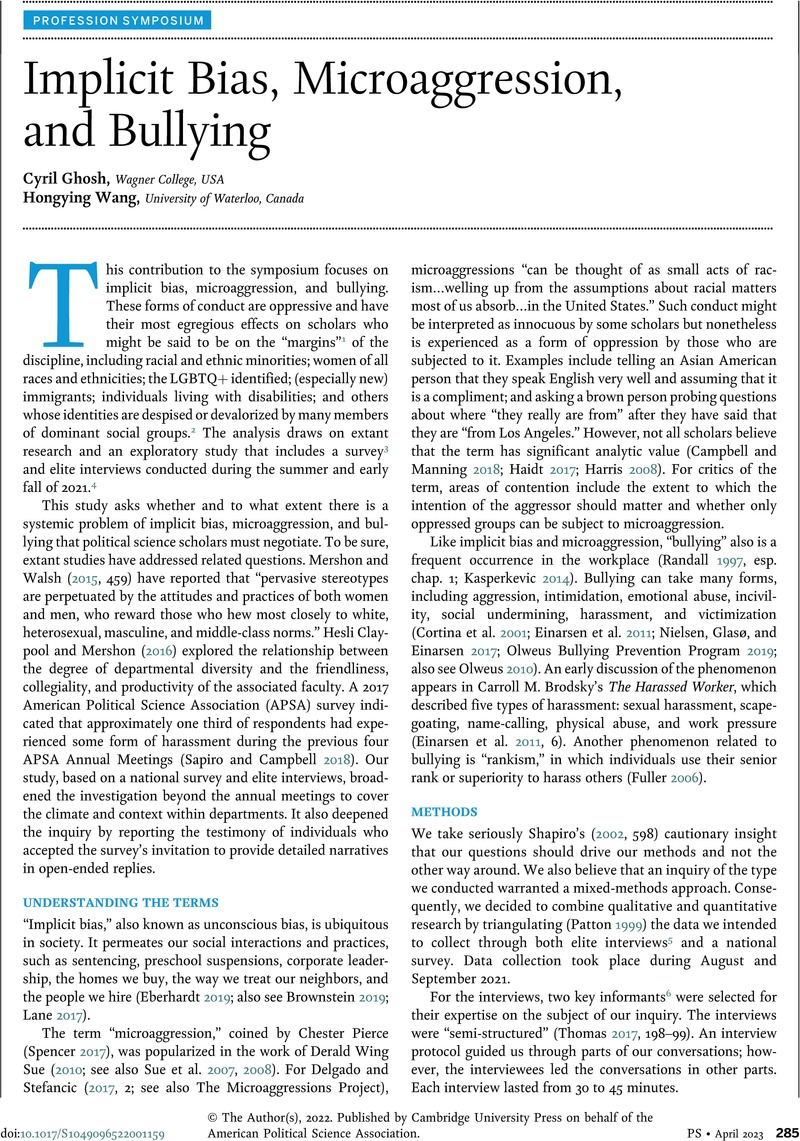Crossref Citations
This article has been cited by the following publications. This list is generated based on data provided by Crossref.
Mershon, Carol
2023.
Introduction: The Import of Equity and Equality for All Political Scientists.
PS: Political Science & Politics,
Vol. 56,
Issue. 2,
p.
281.





